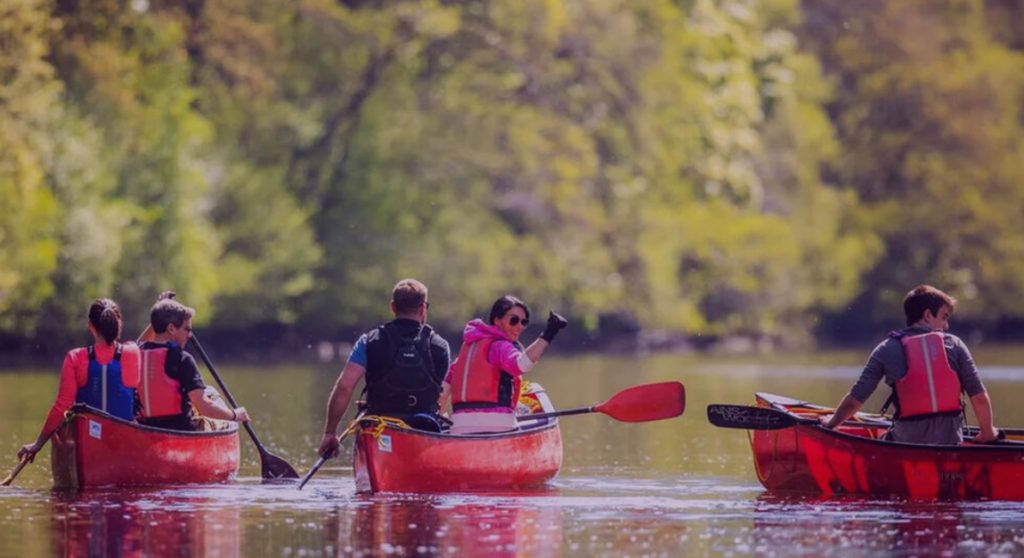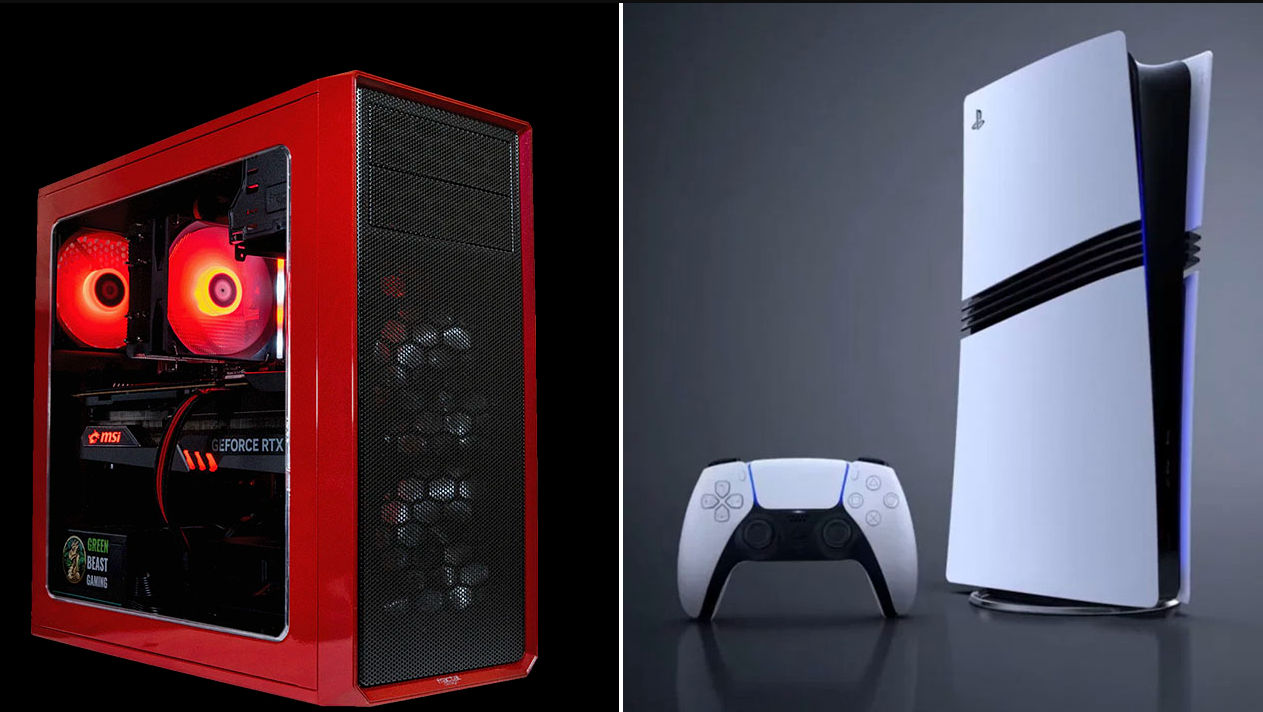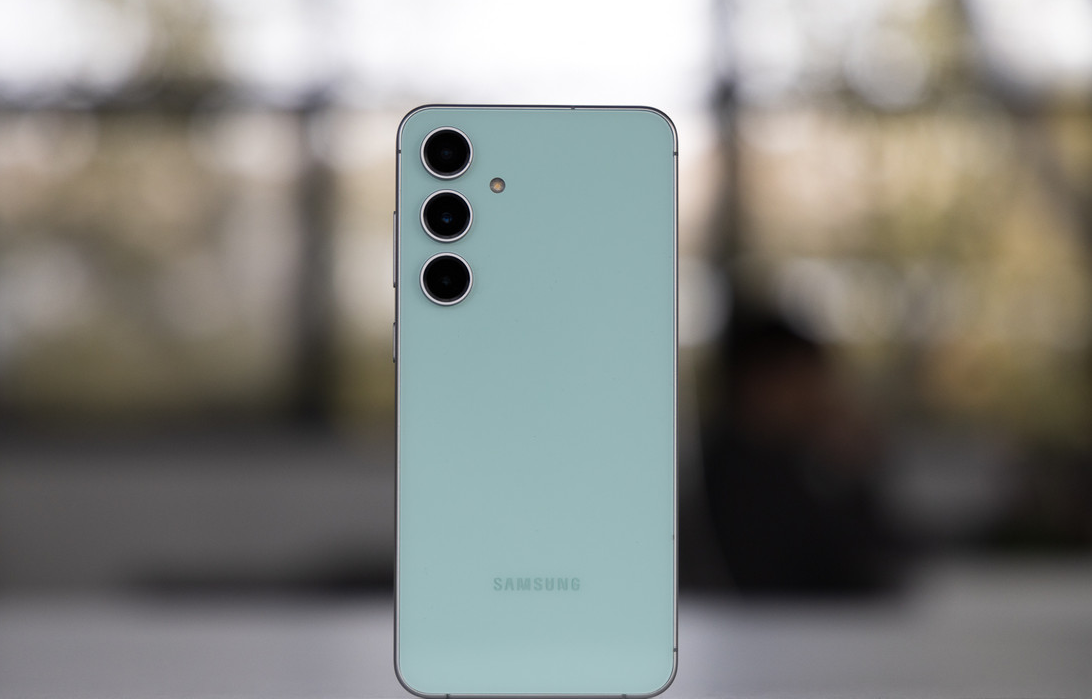Canoeing is not just a means of travelling on water, but a real opportunity to merge with nature, experience new emotions and discover unexplored corners. Choosing the right canoe depends on many factors, such as the type of water body, the experience of the paddler, the material from which the boat is made and much more.
Identify the type of water body
The first step in choosing a canoe is to determine the type of body of water you plan to paddle on. Water bodies can be divided into three categories:
- Calm lakes and rivers: Flat-bottomed canoes are suitable for these bodies of water and offer good stability and easy handling.
- Fast rivers with rapids: For this type of water body, it is better to choose a canoe with a V-bottom or keelson design, which provides better manoeuvrability and stability in rough water.
- Open water and sea expeditions: For long journeys and paddling on the sea, long and narrow canoes are best suited for high speed and paddling efficiency.
Consider your experience and skills
Your level of experience and skills also play an important role when choosing a canoe.
- Beginners: It is recommended to choose a more stable model with a wide base, which is easier to control. These canoes are less prone to capsizing and provide more confidence on the water. This is especially important for those who are new to paddling.
- Experienced paddlers: May choose narrower and faster canoes that require more technique and strength. These canoes offer better manoeuvrability and speed, but require experience for safe and efficient handling.
Choice of material
Modern canoes are made from a variety of materials, each with its own advantages and disadvantages:
- Aluminium: A strong and durable material that is great for travelling on rocky rivers. However, aluminium canoes can be heavy and noisy.
- Plastic (Polyethylene): Affordable and resistant to damage, plastic canoes are ideal for beginners and family outings. The downside is their weight and tendency to warp with prolonged exposure to sunlight.
- Composite materials (Kevlar, carbon fibre): Lightweight and strong materials that provide high speed and paddling efficiency. These canoes are usually more expensive and require careful handling.
- Wood: Traditional wooden canoes are beautiful and eco-friendly, but require regular maintenance and can be quite expensive.
Determine payload and capacity
When choosing a canoe, it is important to consider not only the number of people who will be using the boat, but also the total weight of the cargo you plan to carry. Cargo capacity and carrying capacity are key factors that determine your safety and comfort on the water. Let’s consider these aspects in more detail.
Number of seats
Canoes come in a variety of sizes and capacities, and depending on your needs, you can choose from single, double or multi-person canoes:
- Single-seater canoes: Ideal for solo camping or fishing. These canoes are lighter and more manoeuvrable, allowing one person to easily steer the boat. They are also less roomy, which limits the amount of cargo you can carry.
- Two-seater canoes: The most popular option, suitable for couples or friends who want to travel together. These canoes offer a balance between capacity and manageability. They also offer ample space for gear for short or medium term trips.
- Multi-person canoes: Designed for large groups or families. Multi-person canoes can accommodate three to six people and offer significant cargo capacity. They are ideal for multi-day camping trips with lots of gear and food.
Payload
The carrying capacity of a canoe is determined by the maximum weight that the boat can safely carry without loss of handling and stability. It includes the weight of the paddlers and all equipment. There are several factors to consider when calculating the total load:
- Weight of passengers: Calculate the total weight of all people who will be using the canoe. Remember to take into account the weight of additional passengers such as children or pets.
- Equipment and provisions: Include the weight of all items you plan to take with you. This may include tents, sleeping bags, food, water, clothing, fishing gear and other equipment.
- Capacity allowance: It is recommended that a small capacity allowance (10-15%) be left to account for unforeseen circumstances and additional cargo that may arise during the journey.
How to calculate the required load capacity
The following formula can be used to calculate the required load capacity:
Required payload=Weight of all passengers+Weight of all equipment+Payload reserve
Calculation example:
- Weight of two rowers: 80kg + 70kg = 150kg
- Weight of equipment: 50kg
- Load capacity reserve (15%): 150 kg + 50 kg = 200 kg * 0.15 = 30 kg
Total: 150kg + 50kg + 30kg = 230kg
Thus, for this example, the required carrying capacity of the canoe should be at least 230kg.
Selecting a canoe according to carrying capacity
When choosing a canoe, pay attention to the specifications provided by the manufacturer. These specifications usually include maximum carrying capacity and recommended load. It is also worth considering the design features of the boat, such as the width and shape of the bottom, which can affect its stability when fully loaded.
- Short and wide canoes: Usually have a large carrying capacity and are suitable for family outings and carrying a lot of gear.
- Long and narrow canoes: Designed for fast and long-distance hikes, but may have limited carrying capacity, requiring more careful gear planning.
Pay attention to design and shape
The shape and design of the canoe play a key role in its behaviour on the water. Choosing the right features will determine how comfortable and efficient your paddling experience will be. Let’s look at the main design elements to consider when buying a canoe.
Length
The length of a canoe affects its speed, straightness and manoeuvrability. Canoes can be divided into three length categories:
- Long canoes (4.5 to 5.5 metres): These canoes provide the best speed and straightness. They are ideal for long journeys and paddling on large bodies of water where speed and efficiency are important. However, long canoes can be less manoeuvrable, making them difficult to use in narrow rivers and rough water. They are best suited for experienced paddlers who are confident in handling the boat.
- Short canoes (3-4.5 metres): Short canoes provide excellent manoeuvrability and stability. They are easy to steer, making them ideal for beginners and family outings. These canoes are well suited for use on small rivers and lakes where frequent changes of direction are required. However, short canoes are inferior to long models in terms of speed and straightness.
Width
The width of the canoe affects its stability and speed. Two main types can also be distinguished here:
- Wide canoes: These canoes offer more stability, which is especially important for beginners and family trips. Wide canoes are less prone to capsizing and allow you to feel confident on the water even in small waves. They are ideal for calm lakes and rivers. However, due to their greater width, they may be inferior in terms of paddling speed and efficiency.
- Narrow canoes: Narrow canoes provide better paddling speed and efficiency. They allow high speeds and require less effort to maintain pace. These canoes are suitable for experienced paddlers who are confident with the boat and want to maximise performance. However, narrow canoes can be less stable, especially in rough water.
Bottom shape
The shape of a canoe’s bottom has a significant effect on its handling and stability. Let’s look at the main types of bottom shapes:
- Flat-bottom: Flat-bottom canoes offer good stability and easy handling. It is ideal for beginners and family outings on calm waters. The flat bottom makes the canoe more resistant to capsizing, which is especially important for novice paddlers. However, these canoes are inferior in manoeuvrability and speed, especially in rough water.
- V-bottom: Canoes with a V-bottom provide better handling and speed. This shape improves straightness and allows you to handle waves and rough water more effectively. A V-bottom requires more technique and experience to steer, so these canoes are best suited for experienced paddlers.
- Keeled designs: Canoes with a keel offer high manoeuvrability and stability in rough water. The keel helps the canoe to keep its direction and improves its stability in rough conditions. These canoes are ideal for paddling rivers with rapids and fast currents. Keel designs can be less stable on calm water and require experience and skill to steer effectively.
Additional features
When choosing a canoe, it is also worth looking at additional features that can increase comfort and safety:
- Seats: Comfortable and adjustable seats will make long journeys more comfortable.
- Carrying handles: Carrying handles make it easy to transport the canoe.
- Equipment fasteners: The availability of fasteners and straps to secure your equipment will ensure safety and convenience.
Choosing a canoe is an important step that requires consideration of many factors. By paying attention to the type of water body, paddler experience, material, weight capacity and shape of the canoe, you can find the perfect canoe for your needs. Whether you are a beginner or an experienced paddler, the right canoe will give you many unforgettable moments on the water.
Let reBITme make your next canoe purchase even more profitable. Your perfect purchase is waiting for you!





